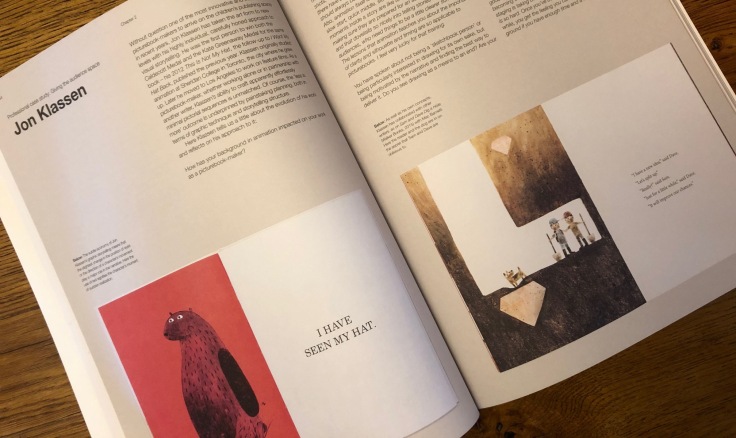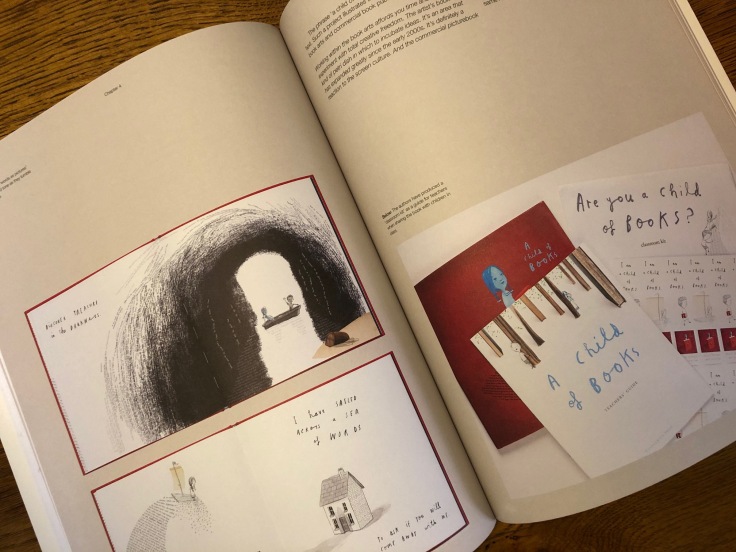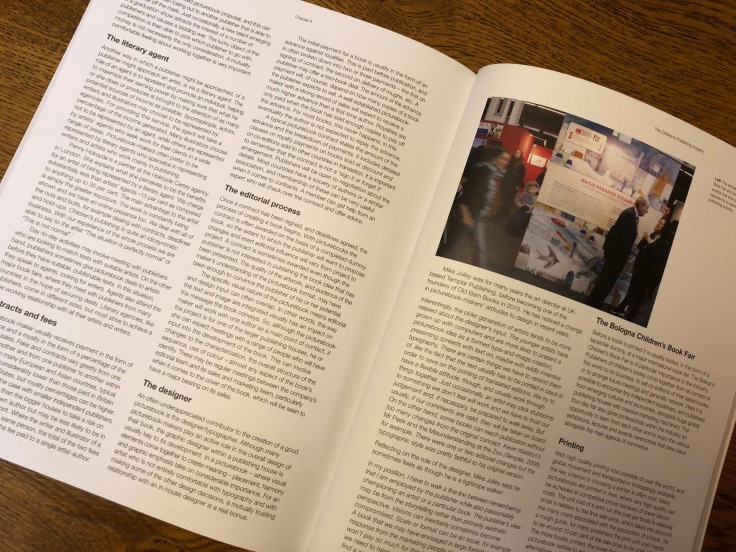Today, I’m featuring a must-have guide for all aspiring and published picture books creators.
Title: Children’s Picturebooks – The Art of Visual Storytelling
Author: Martin Salisbury & Morag Styles

The Blurb:
Children’s picture books are the very first books we encounter and play a major role in introducing us to both art and language. But what does it take to create a successful picture book for children? This revised edition of a bestselling title carries invaluable insight into a highly productive, dynamic sector of the publishing world. Featuring interviews with leading illustrators and publishers from across the globe, it remains essential reading for students, aspiring picture-book-makers, writers and children’s literature scholars.
What’s in this book?
Split into eight fascinating chapters, this book covers everything from the history of the picture book to case studies and interviews with some of the most influential picture book creators today, as well as an overview of the publishing industry. It provides a detailed examination of how children engage with picture books. There is also a chapter on the printing process of picture books and a new chapter on non-fiction picture books.
The Professional Case Studies
There are 13 professional (author/illustrator/publisher) and 4 student case studies spread throughout the chapters, all of which explore a different element of picture book creation.
I am a huge fan of Jon Klassen (see my review of The Shape Trilogy), and his case study on Giving the audience space was fantastic. Jon (pp.56) explained how he is “more interested in working with tools and shapes that [children] recognise and feel like they could draw with too.” Jon goes on to share his view that simpler illustrations can allow you to create a deeper emotional connection with the reader.

I also loved the Book arts meets commercial publishing through typographic landscape case study. Through an interview with Sam Winston, it looks in depth at his book A Child of Books, co-created with another of my favourite picture book creators, Oliver Jeffers. A Child of Books is a highly innovative collaboration in which Oliver Jeffer’s “hand-rendered characters and narrative text sit alongside and within Sam Winston’s so-called ‘typographic landscapes’.” (pp.98).

Understanding the Child Reader
Chapter 3 looks at how children respond to picture books and includes quotes from children that took part in a research study. My favourite quote was by Kathy aged 6 (pp.74): “A good story’s got to have a problem and the problem is in the pictures.”
Chapter 5 goes on to examine what themes are suitable for children’s picture books. As each theme is explored, such as death and sadness, the guide includes multiple references to picture books that have tackled the challenging subjects effectively. In this case, I’m Missing Mummy by Rebecca Cobb and The Sad Book by Michael Rosen and Quentin Blake.

New Chapter: Non-fiction
Notably this revised second edition contains a new chapter on a fast-growing area of the picture book market, non-fiction. I am a huge fan of the movement in non-fiction, particularly the theme of strong women (see my feature on the Work it, Girl series). This chapter discusses the different narrative approaches and highlights just how vast the range of possibilities are in this genre.

There is also a fascinating interview with Rachel Williams, who set up the Wide Eyes Editions imprint at Quarto.
How to get published
No guide would be complete without an overview of how to get published and the process. This chapter gives an open and honest discussion and summary of the need-to-knows.

The Verdict:
This 200-page guide is essential reading for aspiring and published picture books creators. Though it is more geared towards the art work of a picture book, it is equally useful for picture book writers who don’t illustrate as it unpacks the power of illustration. Every single case study and interview gives a unique and different insight into the creation of picture books.
Publisher: Laurence King Publishing
Publication date: 6 January 2020 (2nd Edition)
ISBN: 978-1786275738
I am very grateful to the publisher for providing me with a complimentary copy of this book. This voluntary review contains my honest opinion.

This looks like a fascinating read! Will keep an eye out for it!
LikeLiked by 1 person
Yes, it’s brilliant, and the sort of book you can dip in and out of.
LikeLiked by 1 person
Oh this looks so interesting. I’d heard of it but it’s been great to see it in a bit more detail. I’m very tempted to order it even though I don’t know when I’ll fit it in!
LikeLiked by 1 person
It’s a fascinating read and a book you can dip in and out of.
LikeLiked by 1 person